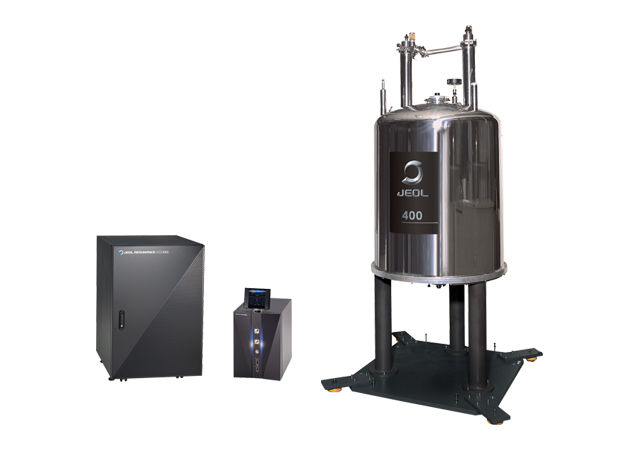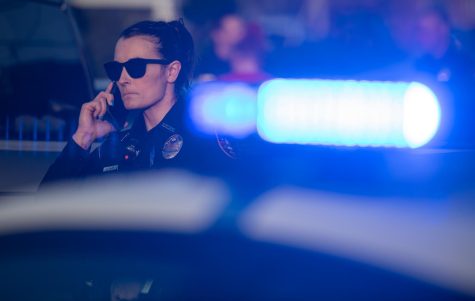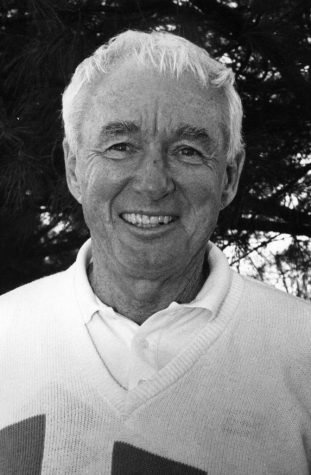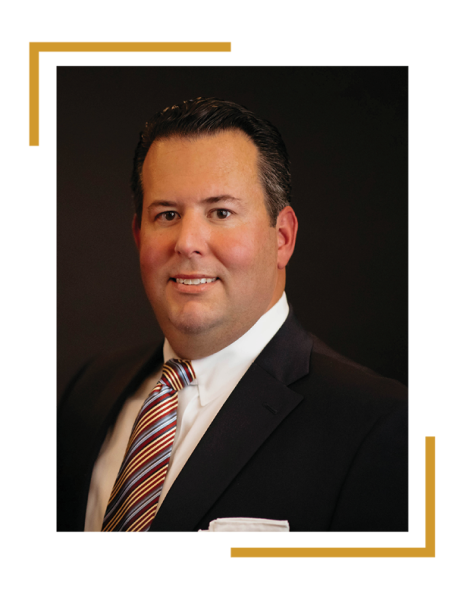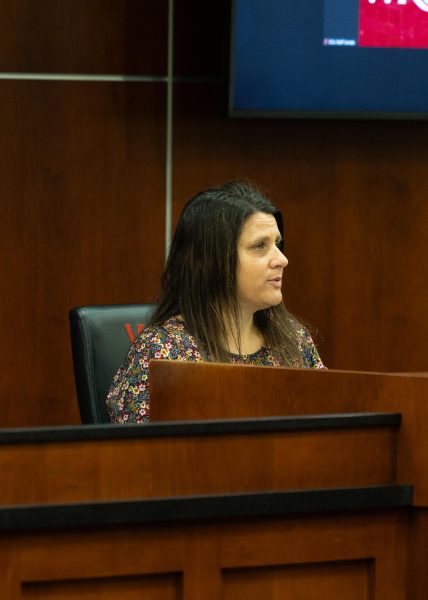New state of the art equipment gives Ogden College students and faculty greater opportunities
July 25, 2019
Students in the Ogden College of Science and Engineering will have the opportunity to be involved in more advanced research this year thanks to separate grant funding that three professors have recently received.
A more advanced microscope, called a laser scanning confocal microscope, will be purchased by the biology department. This microscope will allow three-dimensional images similar to a CT scan to be studied instead of the traditional two-dimensional image of a normal microscope.
Ajay Srivastava, a biology professor, was the lead on this grant for over $377,00 from the National Science Foundation. Srivastava has applied for this grant before, and it will start in October. The microscope is expected to be installed and ready for use by the end of the fall semester.
“It allows you to look at the organization of a tissue, of a cell at a much higher resolution,” Srivastava said.
There are about a dozen Ogden faculty members who, along with their research groups, will interact with this microscope. Srivastava said many different types of students will be allowed to interact with the microscope such as graduate students and students who will be doing related research for their honors thesis.
“These microscopes usually go to the big research universities,” Srivastava said. “For WKU, this is really, really big in terms of allowing students to be exposed to the state of the art technique.”
He stated the microscope is a great opportunity for students. It will allow a wider variety of more elevated research than a conventional microscope, and it will make students more competitive when applying to graduate and medical schools.
Srivastava’s research using the microscope will study how development occurs normally and how diseases such as cancer spread. Some of this research is done on fruit flies, and their wings are used as example organs.
Also in the Ogden College, the chemistry department is gaining a new spectrometer for the upcoming academic year. It is a 400 megahertz nuclear magnetic resonance spectrometer, and it will allow research students and faculty members to monitor samples and reactions to see the substances within them through images similar to those of an MRI.
Kevin Williams, a chemistry professor, lead this almost $305,000 grant from the National Science Foundation which starts in August. The department’s current spectrometer has been here for about 15 years. The new spectrometer is expected to arrive sometime between December and February.
“We’ve got an instrument that’s going to serve for the next hopefully 8 to 10 years,” Willliams said.
The new spectrometer will primarily be used by five different faculty members in the chemistry department and their research students. Some of the more advanced classes may interact with the new spectrometer depending on what the class covers. Students of professors who collaborate on projects with this equipment will directly benefit from the research being done.
“This is probably the most utilized instrument in the department,” Williams said.
Williams’ research with the new spectrometer is based in platinum anticancer drugs and how different versions of the platinum compound react to nucleotides and amino acids.
“You’re really looking at how nuclei respond to a strong magnetic field,” Williams said.
The physics and astronomy department has received two picosecond lasers that move at the speed of atoms. The department already has a nanosecond laser, but this newer, faster laser will provide more detailed images and information.
Ali Er, a physics and astronomy professor, received almost $35,000 from a Kentucky Biomedical Research Infrastructure Network grant to purchase these lasers, which he said are rare in Kentucky.
“If you want to see how does the atoms move, then you have to be faster than them,” Er said. “Those picoseconds give use the advantage to capture the dynamics of the molecules at that range.”
Although the new lasers arrived three weeks ago, they haven’t been set up yet. The lab isn’t ready for them, and the laser is very sensitive to things like air quality and humidity, Er said.
The new lasers are mainly research instruments, and graduate and undergraduate students will get to interact with it in the lab. The laser is very sensitive to things like air quality and humidity, so it hasn’t been set up. There are currently three major projects associated with this laser.
One of the projects that these lasers will be used on is photodynamic therapy, where light sources are used to remove or kill bacteria and viruses in human blood. Another project will use the lasers to remodel materials in an ultrahigh vacuum chamber.
Students will have the opportunity to be trained in these lasers as undergraduates if they participate in labs which Er said is a huge benefit.
“We are quite fortunate to have this laser here,” Er said.
News reporter Lily Burris can be reached at 270-745-6011 and [email protected]. Follow her on Twitter at @lily_burris.

